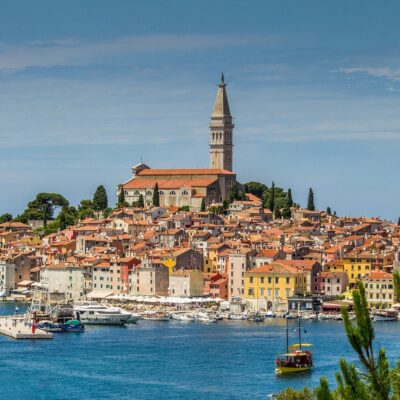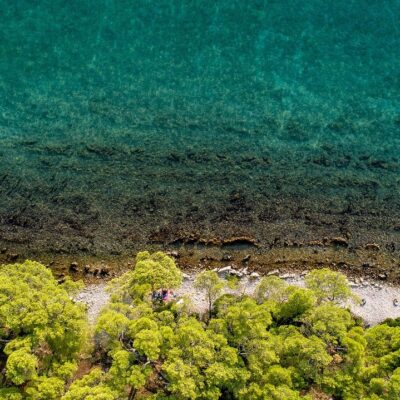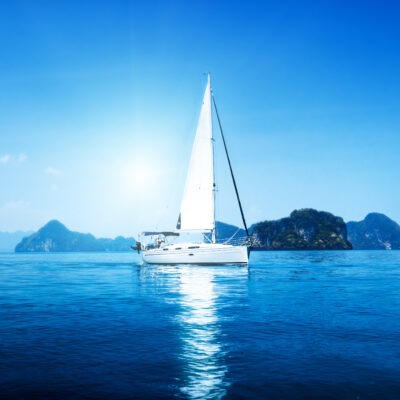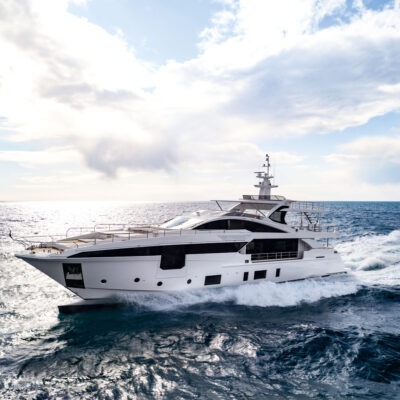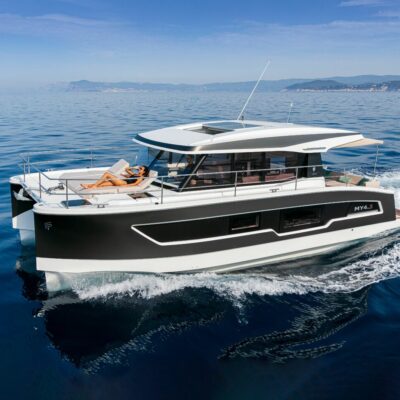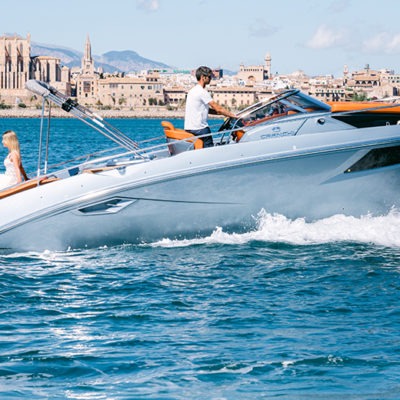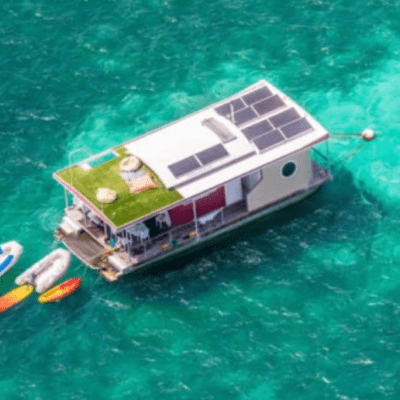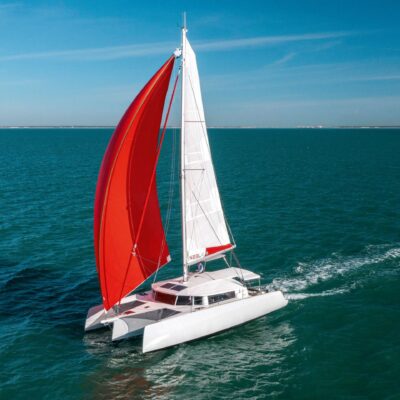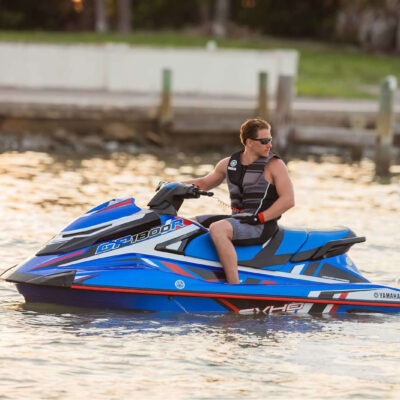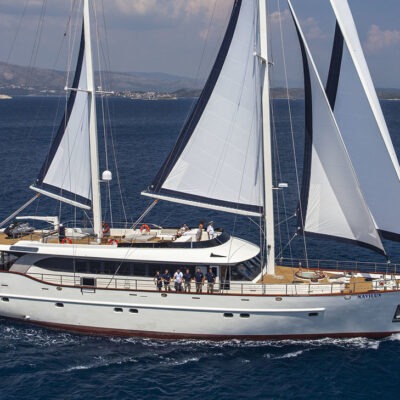Istria
Pula
The largest town on the Istrian peninsula, and the center of the region. The old town is full of Roman monuments. If you are in Pula, the amphitheater is a must-see, from where you can easily reach the old town.
Pula has so many attractions to visit during a summer holiday.

Rovinj
Rovinj is located on the western side of the Istrian peninsula. Rovinj itself is a beautiful, truly romantic little town having not as much historical sights as Pula has.
The archipelago of Brijuni
The only archipelago in the Istrian peninsula is the Brijuni Islands, also known as the Brijuni National Park. The archipelago is located above Pula and consists of 14 islands.

The Little Island of Brijuni is cannot be visited, the Big Island of Brijuni is the largest island, and it was the permanent residence of Tito.
The Big Island of Brijuni is real a fairytale, where we can see Tito’s working room, and limousine. Tito had his own zoo during his life. Today there is a safari park in the northern part of the island, where we can feed zebras and elephants.
Weather:
The Mediterranean zone on the Adriatic coast is characterized by early spring, not too hot, relatively dry summers, warm but rainy autumns and mild, rainy winters.
The seasonal weather is relatively constant at around 30 degrees Celsius. The sea temperature is around 20-25 degrees Celsius from April to October.
Wind:
The most common wind on the Istrian and Dalmatian coasts is Bora. This mostly dry and cold wind blows in the winter season, with occasional extremely strong bouts.
Jugo is among the winds of spring and fall, so it doesn’t really show up in summertime.
The Mistral is the Adriatic wind of summer, northwesterly and it is typically appears during beautiful and stable summer weather. The Mistral seems to have been created for sailing without maneuvering, because its strength is constant and its nature is foreseeable and mild.
Banking:
The currency is Kuna (Kn). Visa, MasterCard and American Express are widely accepted but you may be charged a service fee if you pay by card.
ATMs are easily found and banks are open Monday to Friday (7:00am to 7:00pm) and Saturday (7:00am to 1:00pm).
Internet:
Getting online is easy with plenty of Wi-Fi spots across independent cafes and restaurants. There are internet cafes in Dubrovnik and in some coastal towns.

 Ask for a free consultation
Ask for a free consultation 